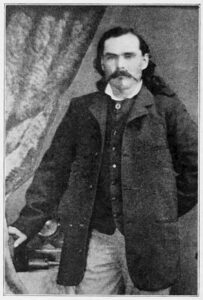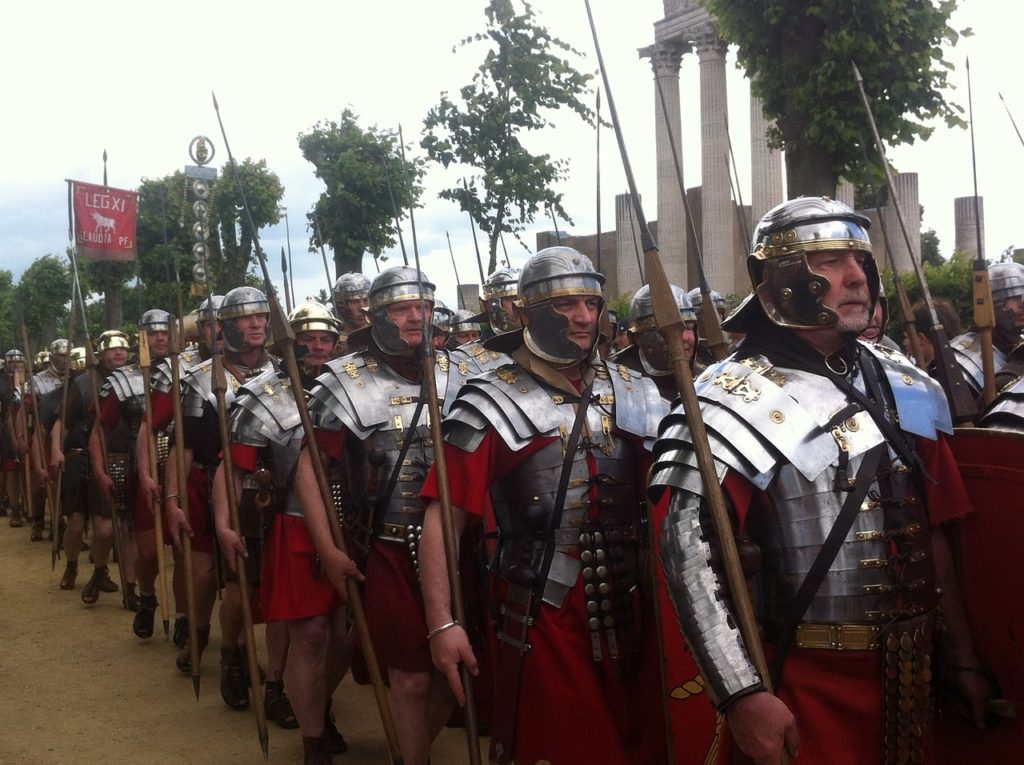
Introduction:
In the annals of Roman military history, few legions have sparked as much intrigue and speculation as the Legio IX Hispana, or the Ninth Legion. Famous for its formidable role in Roman conquests and notorious for its mysterious disappearance, the Ninth Legion’s story is a fascinating blend of historical fact and enduring mystery. This blog aims to explore the verifiable facts about the Ninth Legion, delving into its origins, campaigns, and the theories surrounding its enigmatic fate.
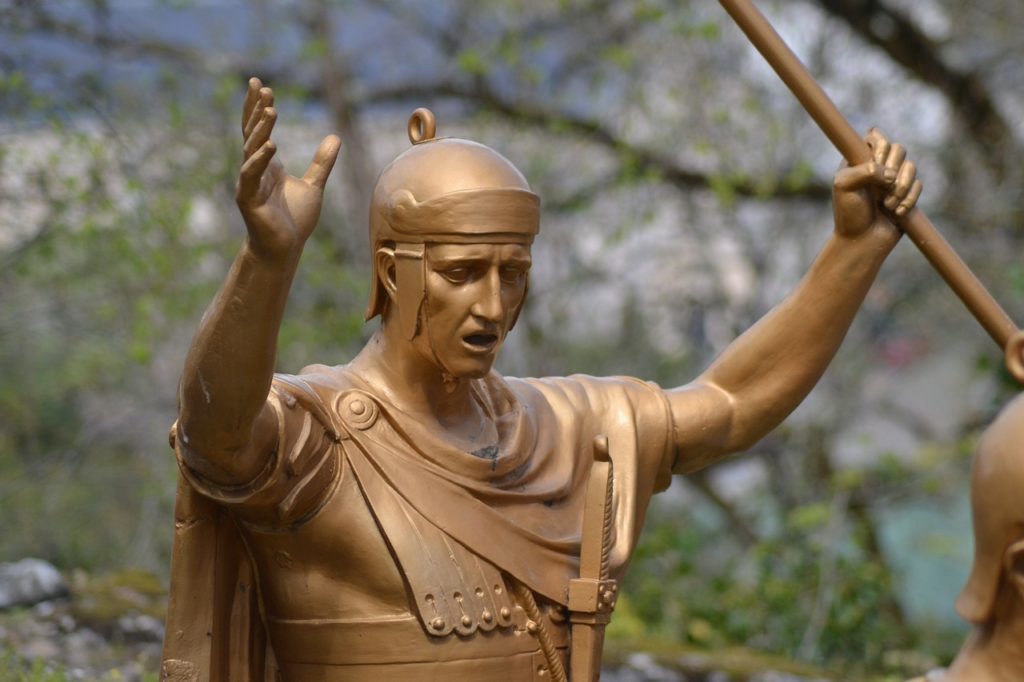
The Roman army
The Roman army, renowned for its discipline, organization, and military prowess, was a formidable force in the ancient world and a cornerstone of Rome’s power and expansion. Central to its structure were the legions, each typically comprising around 4,500 to 5,000 infantry and 300 cavalry. These legions were divided into smaller units: cohorts (about 480 soldiers each), centuries (80-100 soldiers), and contubernia (groups of 8 soldiers sharing a tent). Recruitment was initially from Roman citizens, later expanding to include non-citizens and auxiliaries, who were non-Roman allies providing additional military support, often including specialist troops like archers or cavalry.
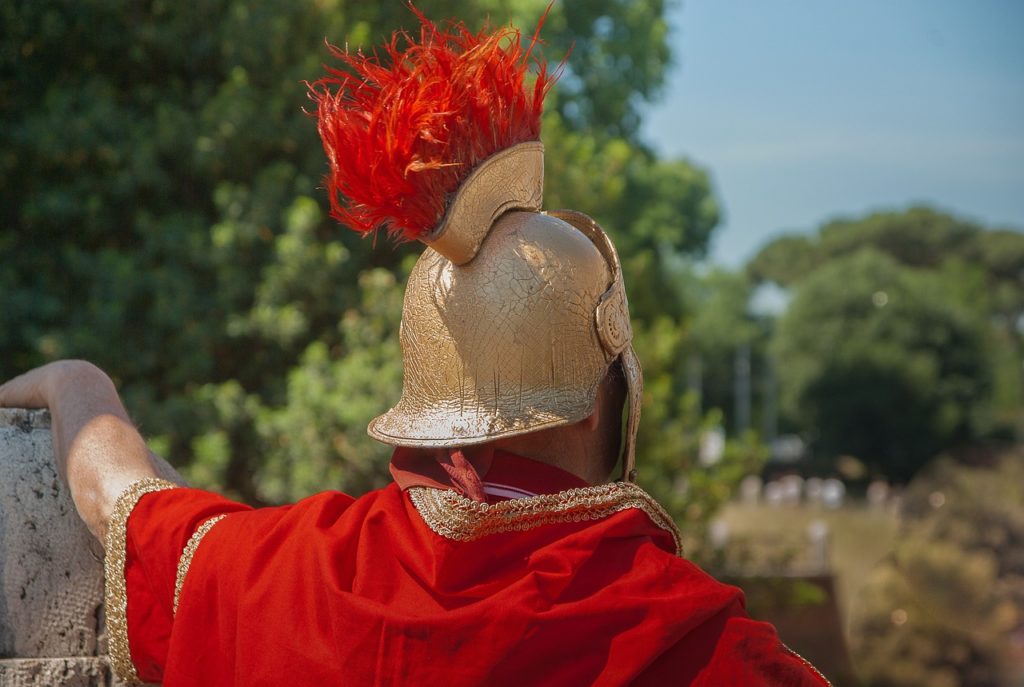
The Roman military hierarchy was rigid, with a clear command structure from the Emperor down to the individual legionary. Each legion was led by a legatus, with subordinate officers like tribunes and centurions. This highly efficient and adaptable system allowed Rome to control vast territories and diverse populations.
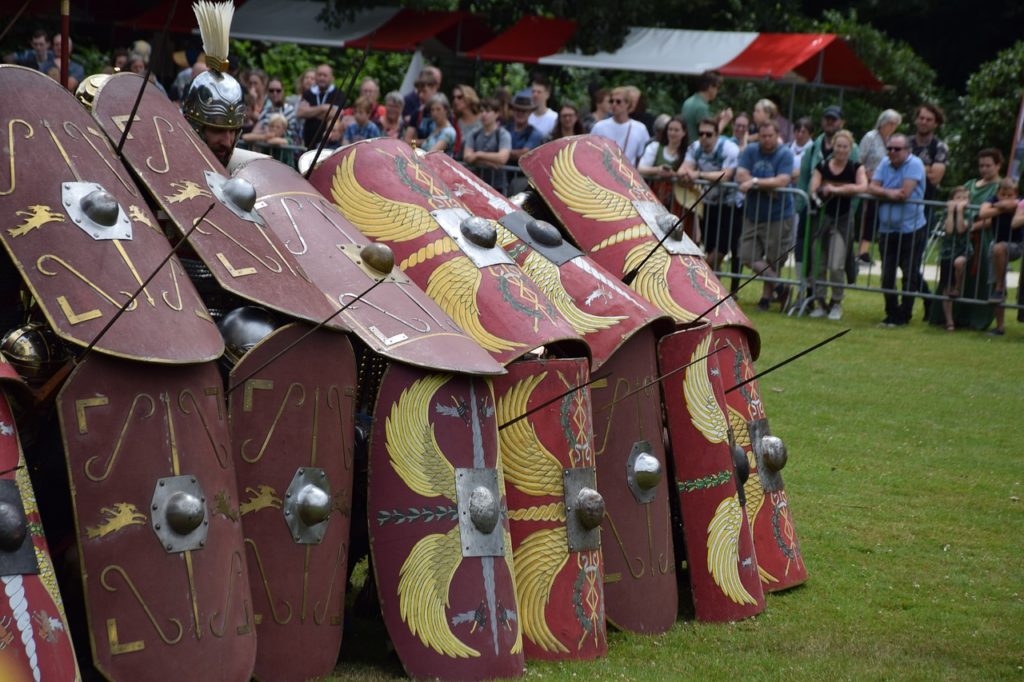
The Ninth Legion, formed around 65 B.C., possibly by Pompey the Great, operated within this framework. Known for their valor and effectiveness, especially in challenging campaigns like those in Hispania and Britain, the Ninth Legion exemplified the Roman military’s strength and strategic capabilities, contributing significantly to Rome’s expansion and consolidation of power during its imperial zenith.
Origin of the name
The title “Legio IX Hispana,” attributed to the Ninth Legion, has its roots in the legion’s significant military engagements in Hispania, the Roman name for the Iberian Peninsula, comprising modern-day Spain and Portugal. This epithet, “Hispana,” likely emerged as a badge of honor following the legion’s key role in the Cantabrian Wars from around 30 B.C. to 19 B.C. These wars were a series of military campaigns waged by the Roman Empire aimed at subjugating the Cantabrian and Asturian regions in northern Hispania.

The Ninth Legion’s effectiveness in these campaigns, marked by their combat prowess and strategic acumen, secured Roman dominance in these challenging terrains and elevated the legion’s stature within the Roman military ranks. As was customary in Roman military tradition, legions were often named after the provinces or regions where they achieved significant victories, and thus “Hispana” became synonymous with the Ninth Legion, commemorating their conquests and enduring legacy in Hispania.
Some Activities and Locations:
1. The Cantabrian Wars and the Epithet ‘Hispana’:
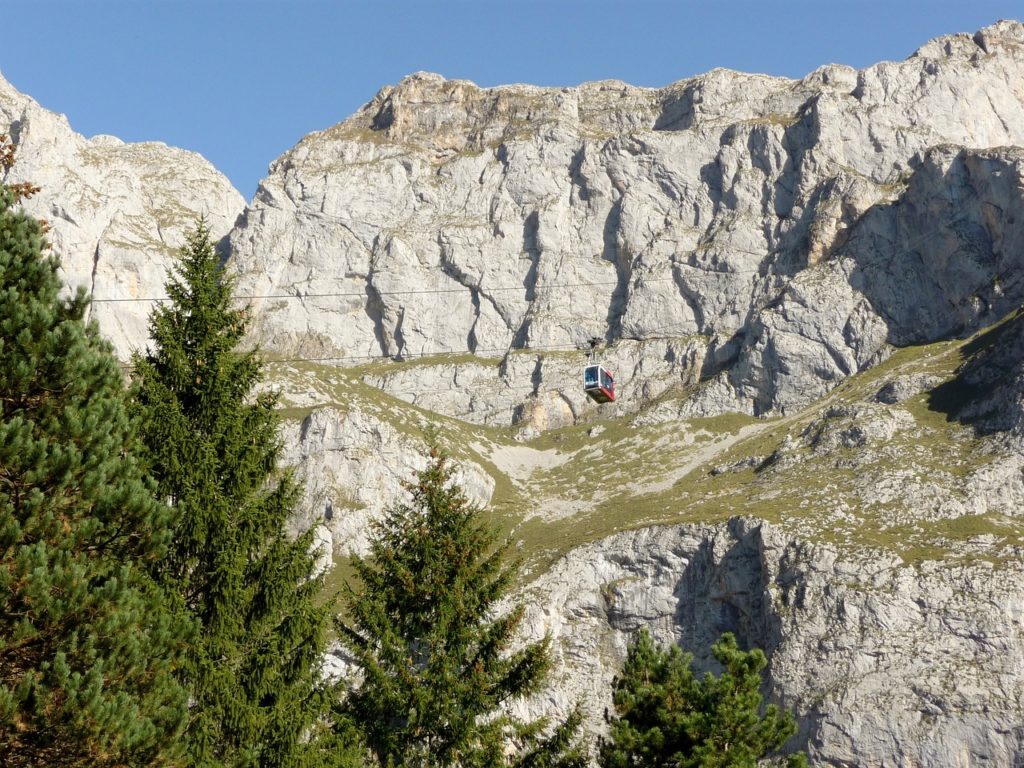
Post-Gallic Wars, the Ninth Legion was actively engaged in the Roman civil wars, battling at Dyrrhachium and Pharsalus. Its significant participation in the Cantabrian Wars (30 B.C.–19 B.C.) in Hispania (now Spain) likely led to the addition of ‘Hispana’ to its name, signifying its victories and valor in the region.
2. The Roman Invasion of Britain:
The Legion’s history took a dramatic turn with the Roman invasion of Britain in A.D. 43. As a crucial force in this campaign, the Ninth Legion helped establish Roman control in southern Britain. However, it faced severe losses in A.D. 61 during the rebellion led by Boudica, a native queen.
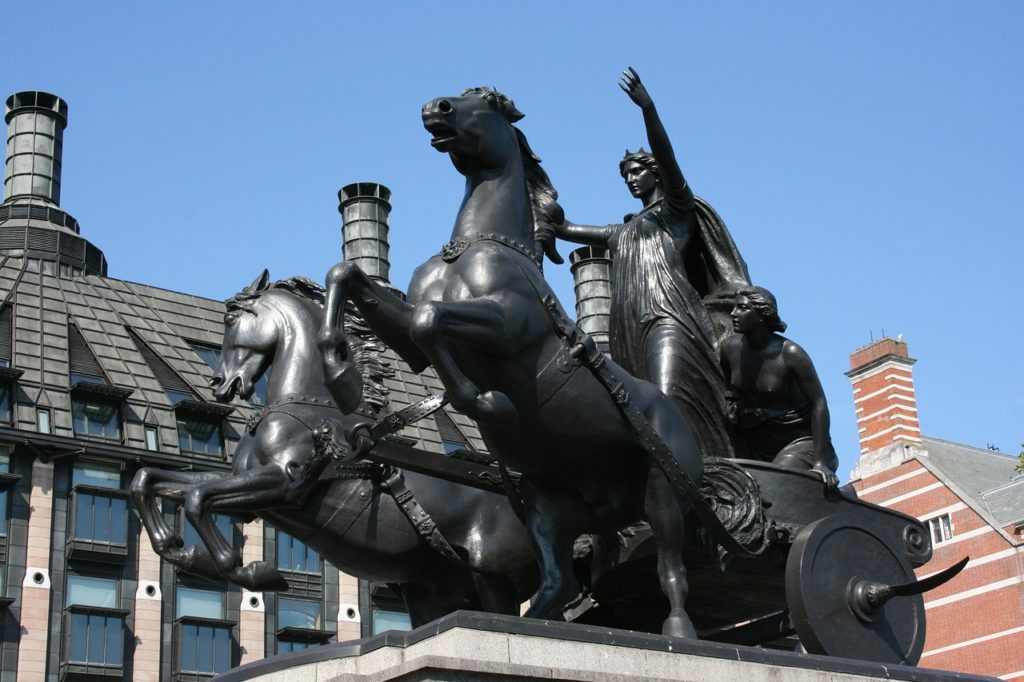
3. The York Garrison and Construction Works:
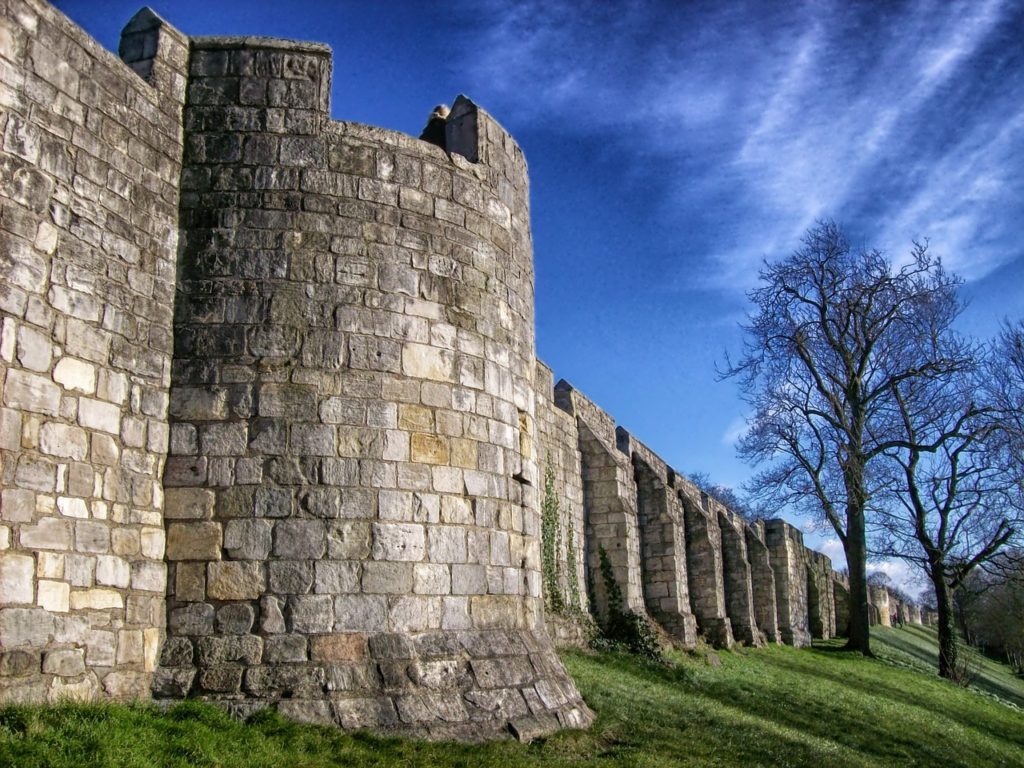
By the early 2nd century A.D., historical records place the Ninth Legion in Eboracum (modern-day York, England). Here, they were warriors and engineers, contributing to the construction of fortifications and public works, a testament to the legionaries’ versatility.
The Disappearance – A Historical Puzzle:
The enigma of the Ninth Legion truly unfolds with its disappearance from historical records post-A.D. 120. The last definitive mention of the Legion was in York, but after this, it seems to vanish, leaving behind a trail of theories and speculation.
One of the most popular theories suggests that the Ninth Legion ended in a fierce battle, likely in the northern reaches of Britain. The region was known for resisting Roman rule, with tribes such as the Picts posing a significant threat. Some historians argue that a catastrophic defeat in these lands could explain the legion’s sudden disappearance from records.
Another theory posits that the Ninth Legion was transferred to another frontier of the vast Roman Empire, such as the Rhine or Danube, where it was gradually dissolved or amalgamated into other legions. This theory hinges on the idea that the legion’s disappearance was not sudden but rather a slow process of redeployment and integration.
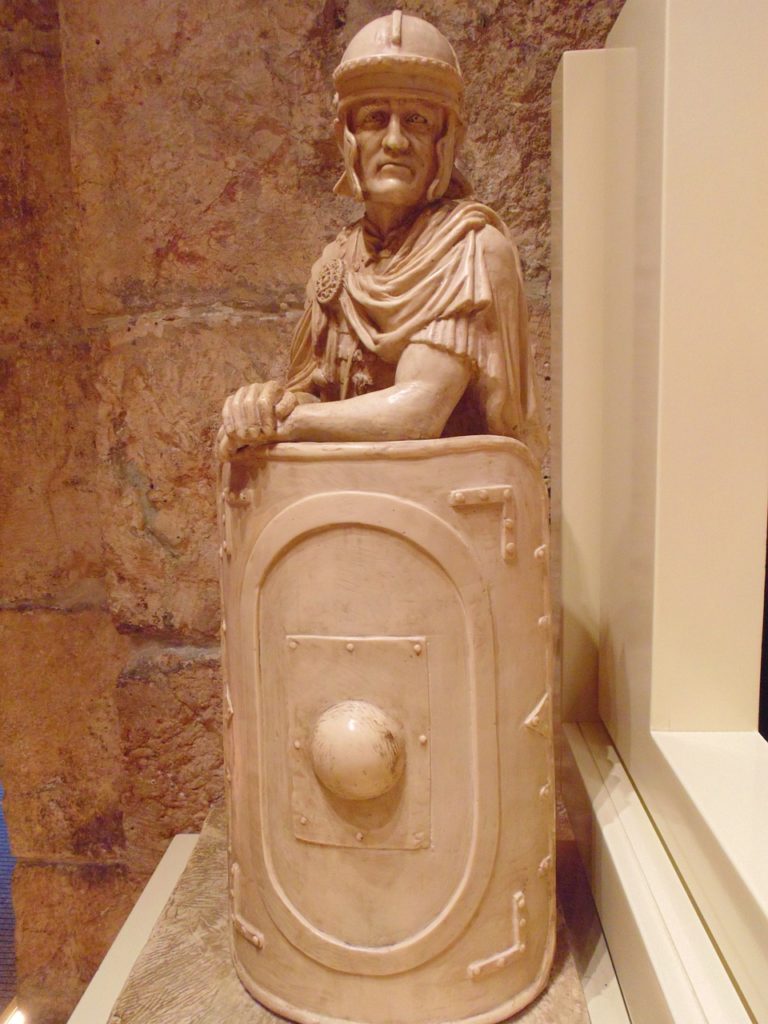
Some scholars suggest that the legion might have been disbanded as part of a larger internal reorganization within the Roman military. This could have been a strategic decision by the Roman leadership, possibly in response to changing military needs or a shift in political power.
The reason might be simply a matter of poor historical record-keeping. The chaos of the times, including internal strife within the Roman Empire and the constant threat of external invasions, might have led to the loss of records detailing the legion’s fate.
Was it annihilated in battle, possibly in Scotland against the Picts? Or was it transferred to another frontier and gradually assimilated or disbanded? The absence of conclusive evidence has made this a captivating historical mystery.

Conclusion:
As we conclude our journey through the misty corridors of time, the story of the Ninth Legion unfolds not merely as a saga of martial prowess and the relentless march of an empire. Rather, it’s a tapestry woven with threads of enigma and historical mystery. As archaeologists and historians delve deeper, sifting through the sands of time for elusive clues, the legend of Legio IX Hispana continues to dance in Roman history. It’s a mesmerizing waltz that beckons us to reflect on the complex and often enigmatic journeys carved by our ancestors. Like the legion itself, this tale may have faded into the shadows of history, yet it leaves behind a trail of whispers, urging us to keep seeking and wondering.
